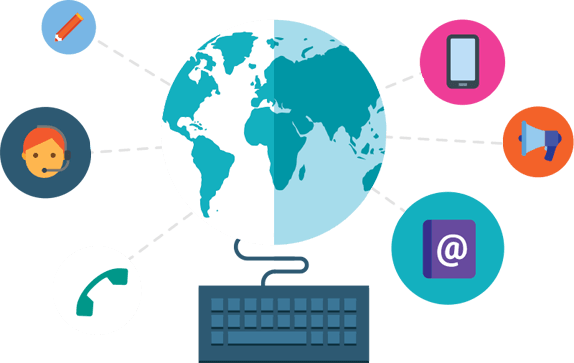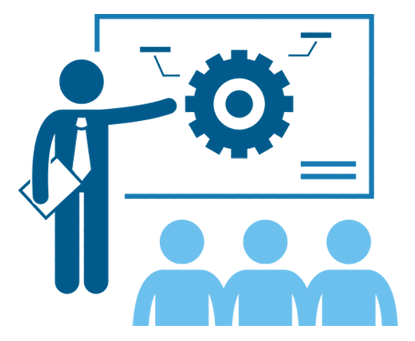
E-training, or online e-learning for employees, adopts systematic strategies and models to create and implement training courses. Offering flexibility, it allows trainees to access courses from anywhere, anytime, enhancing accessibility and convenience for effective skill development and learning initiatives.
Customized courses, interactive content, flexible access, and comprehensive support for effective e-training design and development.
Tailored e-training programs to meet specific organizational needs and learning objectives effectively.
Engaging multimedia elements and interactive activities to enhance learner engagement and retention.
Anytime, anywhere accessibility for trainees, facilitating convenient learning experiences and accommodating diverse schedules.
Ongoing assistance and guidance throughout the design and development process to ensure successful e-training implementation.
Our specialist instructional designers excel in crafting inspiring e-training programs that engage learners effectively. The design process involves multiple steps requiring skill, resources, and organizational coordination to ensure error-free execution. We prioritize creating dynamic and interactive training experiences that captivate learners, fostering active participation and knowledge retention.
At thehrbulb, we tailor programs to meet unique needs identified across various industries or organizations effectively.

We specialize in crafting custom e-training solutions tailored to specific organizational needs. Our expert instructional designers ensure engaging and effective training programs by collecting comprehensive data, ensuring coherence and alignment of content, utilizing the latest software tools for presentation creation, and conducting thorough test runs to eliminate technical issues, ensuring seamless implementation.
For e-training to be effective, it should be engaging and valuable, imparting skills applicable to the workplace, enhancing trainees' knowledge and skill sets.
Aligning e-training objectives with company goals is crucial. Success is measured by improved productivity and revenue. Inputs from management and trainee groups help determine the program's true objectives, ensuring relevance and effectiveness in achieving organizational goals and maximizing returns on investment.


Various e-training methodologies exist, with LMS selection being the initial step. Gathering employee feedback on preferred course content and distribution platform is crucial. This ensures alignment with trainee needs and preferences, enhancing engagement and effectiveness of the training program.
Access top-tier HR solutions tailored to your business needs, ensuring optimal workforce management and organizational success with our premier services.
Get StartedThe HR Bulb - A Unit of MK Consulting. © Copyright 2011-2025. All Rights Reserved